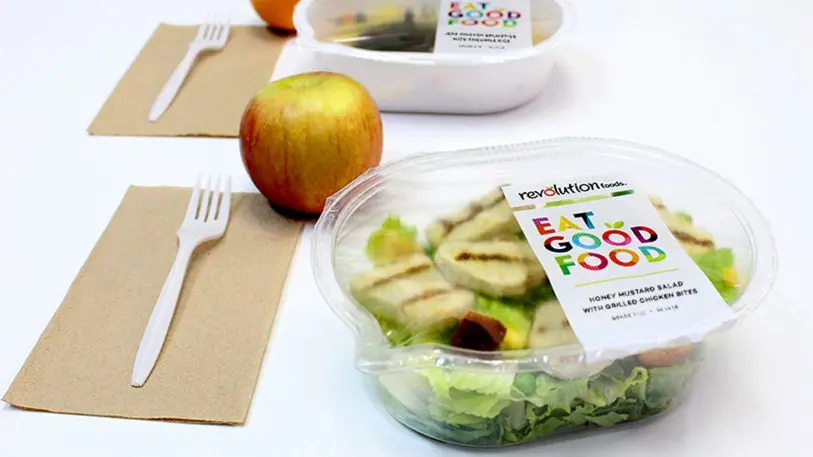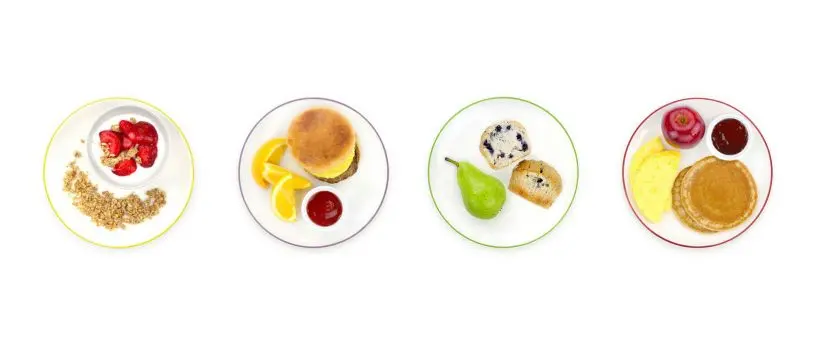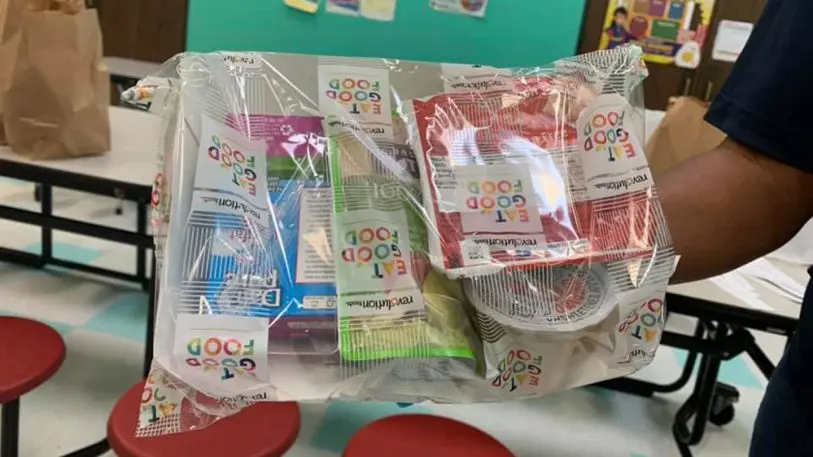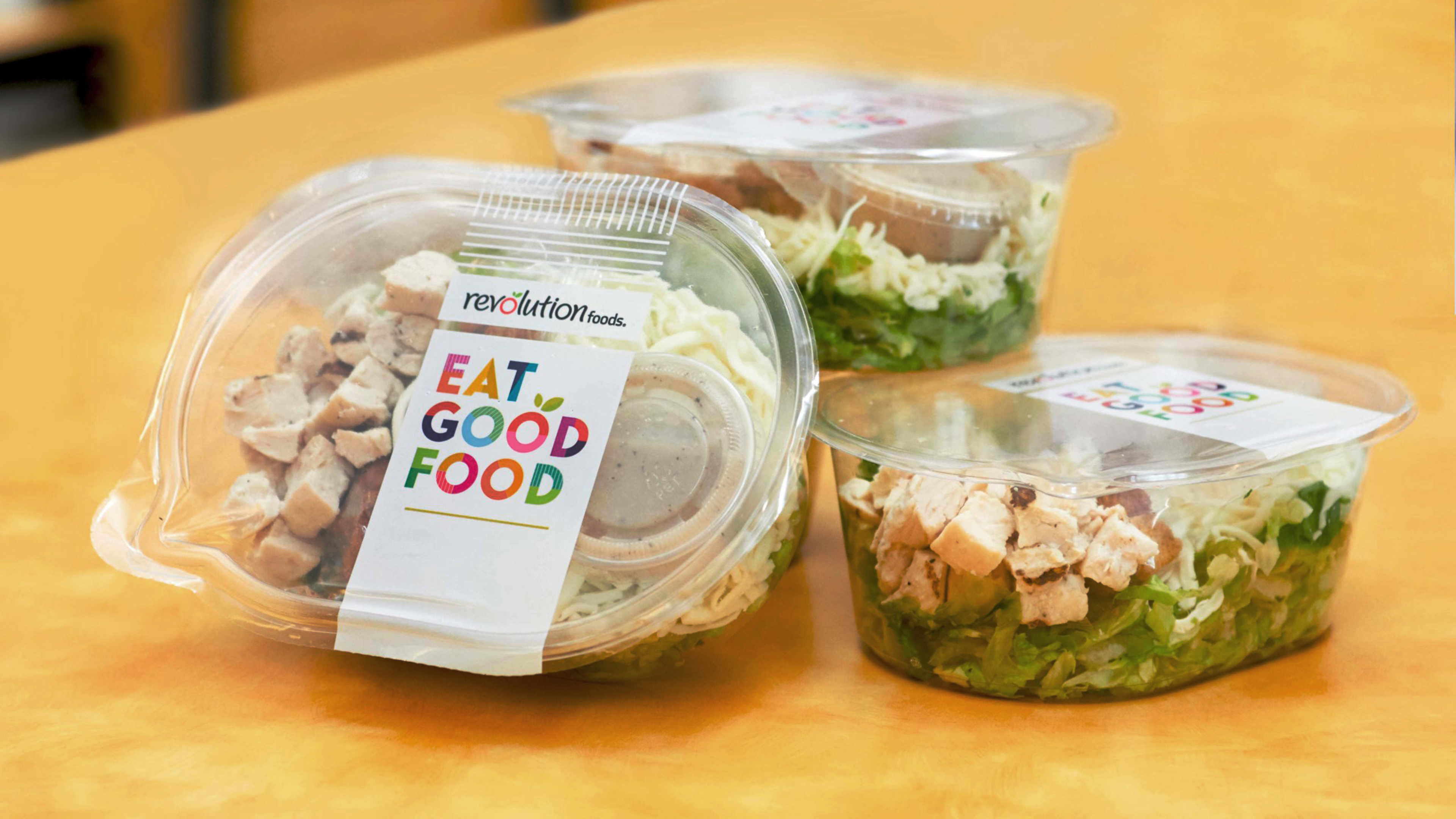Millions of students are now out of school because of the coronavirus crisis—and may be home for the rest of the school year. For many students, that also means that it could be harder to eat: 30 million American children rely on free or reduced-price lunches, and some also eat free breakfast and dinner at school. It’s one reason that some cities resisted closing schools earlier. As of March 18, 39 states have closed schools.

“These are students for whom school meals are their reliable source of meals every day,” says Kristin Groos Richmond, CEO of Revolution Foods, a company that makes and delivers meals to 2,500 schools. Now, the company is scrambling to work with cities to find new ways to get food to students while they’re not in school.

Three-quarters of the students the company feeds qualify for free or reduced-price lunches, Richmond says, and the risk of going hungry may increase now as some parents lose their jobs. “Not only do [students] need to depend on a source of meals during this time, but then you compound that with their family feeling additional economic pressure . . . workers that live paycheck to paycheck are being hit the hardest.”

The company is working with schools in cities like San Francisco and Boston to roll out new distribution; in San Francisco, for example, families can go to selected schools in the morning to pick up free breakfast and lunch. Other cities, including New York and Los Angeles, are actively discussing how to implement similar programs. “School leaders and mayors and food service directors are planning around the clock to make a certain smaller percentage of their sites available for community pickup,” Richmond says. The company is also designing meal sets that are less perishable. While school districts ramp up their response, some restaurants are also temporarily offering students free meals, such as Merchants Hospitality, a high-end restaurant group in New York City.
The USDA has issued waivers to states allowing schools to give children meals while they’re not attending classes. And the House recently passed the COVID-19 Child Nutrition Response Act, which will allow the USDA to issue a national waiver. Meals will be reimbursable through national programs, and schools that already have programs will receive the funding to continue to serve meals. The Senate is expected to pass the law soon. “All of our meals are fully reimbursable,” she says. “We’re pushing that news out very aggressively so people know what’s available to them.”
Recognize your brand’s excellence by applying to this year’s Brands That Matter Awards before the early-rate deadline, May 3.
